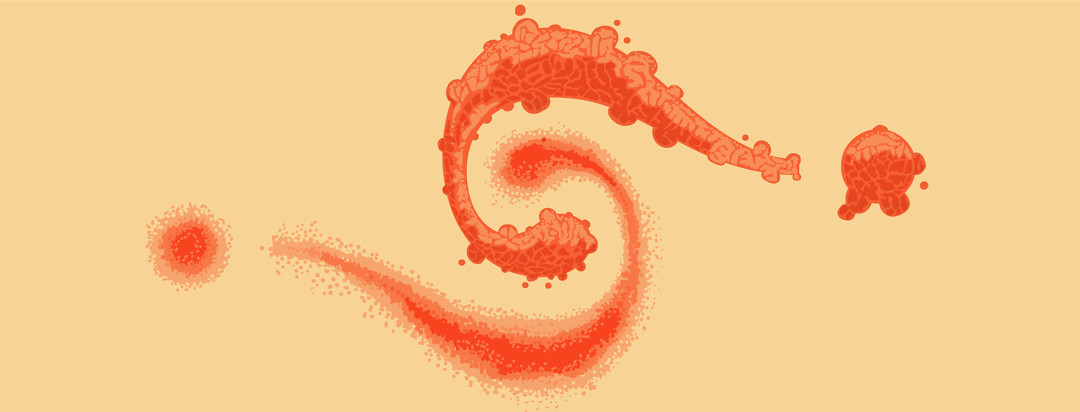What is the Difference Between Atopic Dermatitis and Psoriasis?
Atopic dermatitis (eczema) and psoriasis are both conditions that affect the skin, and they both tend to run in families. However, there are differences between the two conditions, and proper diagnosis is important to receive the right treatment and manage symptoms. If you or your child has symptoms that might be atopic dermatitis or psoriasis, you should consult with a dermatologist, a specialist with expertise and training who can properly diagnose and treat skin conditions.
Differences in symptoms
Psoriasis causes thick, scaly patches that have well-defined borders, while atopic dermatitis causes a rash that is dry and scaly (but not raised). Atopic dermatitis may also have blisters that ooze (weepy sores), papules (small bumps that look like pimples without pus), and with chronic atopic dermatitis, patches of lichenification (leathery patches).1 One of the key characteristics of atopic dermatitis is an intense itch. Psoriasis may cause mild itching, but the severity of itch is associated with atopic dermatitis.1
Differences in location
Psoriasis patches are often found on the elbows, knees, face, buttocks, and/or scalp. The parts of the body that are affected by atopic dermatitis changes based on the age of the person:
- In infants and young children, the rash commonly shows up on the scalp or face, especially the cheeks or chin, or the arms and legs
- In older children, atopic dermatitis frequently appears as a rash on the inside creases of the elbows or knees, the neck, wrists, ankles, and/or the crease between the buttocks and the thighs
- In adults, the rash can appear anywhere, such as on the inner creases of the elbows or knees, and/or the nape of the neck, or it may be localized to just the hands, feet, or nipples2
- Atopic dermatitis can also affect the skin behind the ears or in the junction between the ear and the face, causing painful cracks in the skin, or it may affect the skin around the eyes, and cause complications like eye watering, inflammation of the eyelid (blepharitis),and infection (conjunctivitis).3-5
Both atopic dermatitis and psoriasis
It is possible for an individual to have both atopic dermatitis and psoriasis and in some cases, a person may be diagnosed with psoriasiform dermatitis, a type of inflamed skin condition that resembles psoriasis.1 There is currently no cure for either atopic dermatitis or psoriasis, but proper treatment can help manage the symptoms and give someone periods of remission when symptoms are few or not present at all.

Join the conversation